Laura C and I have just started our MBR (Masters in Bovine Reproduction) at Liverpool Uni. Over the next two years, we’ll be discussing all things bovine reproduction and learning some new things along the way. During the first week we discussed synchronisation protocols and one of the things we questioned was how many of the cows we start on ov-syncs actually get served?
So what is an ov-sync? This is a 10 day protocol that allows us to synchronise ovulation in dairy cows with the use of hormones and a fixed-time AI at the end.
Fixed time protocols are useful tools for managing fertility on farm. They allow us to serve cows without relying on heat detection aids or observed oestrus events. They can be used after the voluntary wait period for cycling cows not observed in oestrus. This can increase submission rates as 100% of animals enrolled into a sync programme should have been served at the end of the protocol.
Starting an ov-sync relies on the cow being at the correct stage of her oestrus cycle. The normal oestrus cycle of a cow is around 21 days (18-24 days), with day 0, being the day that the cow ovulates. During the 21 day cycle, there are two to three waves of follicular development, and a period of growth and then regression of the corpus luteum.
To begin an ov-sync we scan the ovaries and estimate the stage of the oestrus cycle that the cow is in. We will always check there’s a CL before we enrol a cow into an ov-sync protocol. The ov-sync begins with an injection of GnRH. This injection should cause ovulation of any large follicles present on the ovaries. If ovulation is successful, a new wave of follicles begins to develop and a second corpus luteum (CL) should form to increase circulating progesterone.
7 days later, we administer an injection of PGF2α. We expect that this will then cause regression of the CL. We finish the ov-sync with a final GnRH injection, which should cause ovulation and then do a fixed time insemination 16 hours later.
It’s important you finish your ov-syncs and put semen into the cow. The cow is often one step ahead of us in her cycle and they don’t always show oestrus behaviours. Think about some of the reasons why we started her on the ov-sync in the first place, she didn’t show oestrus behaviours and we haven’t already inseminated her. The same principle applies to animals enrolled onto an ov-sync after a PD negative. If you don’t put semen into her, then she never had a chance at getting in calf.
If you feel like you’re current protocols aren’t working, please give us a call and we’ll be more than happy to look into this.

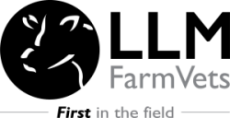
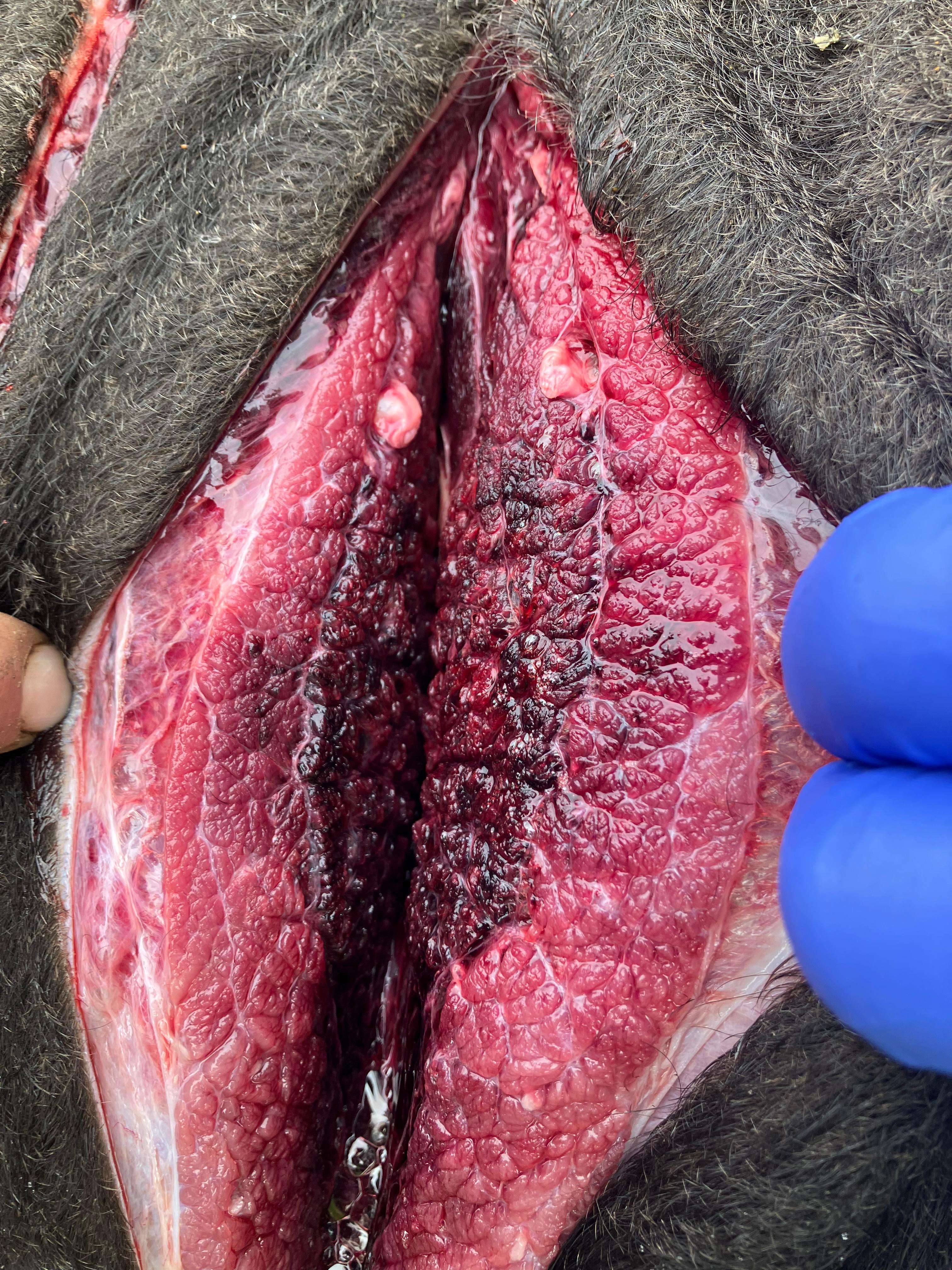
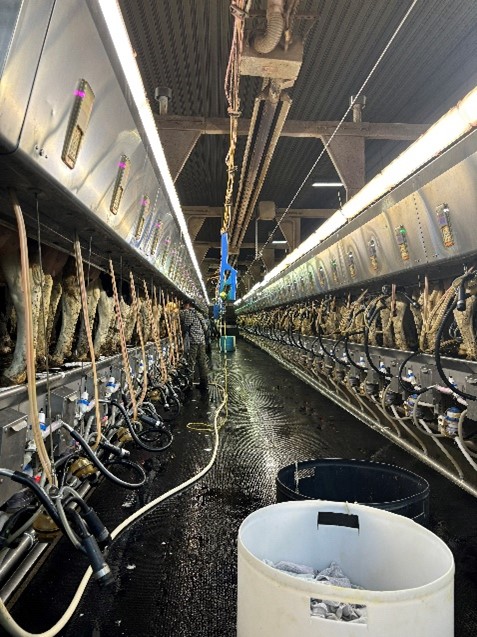
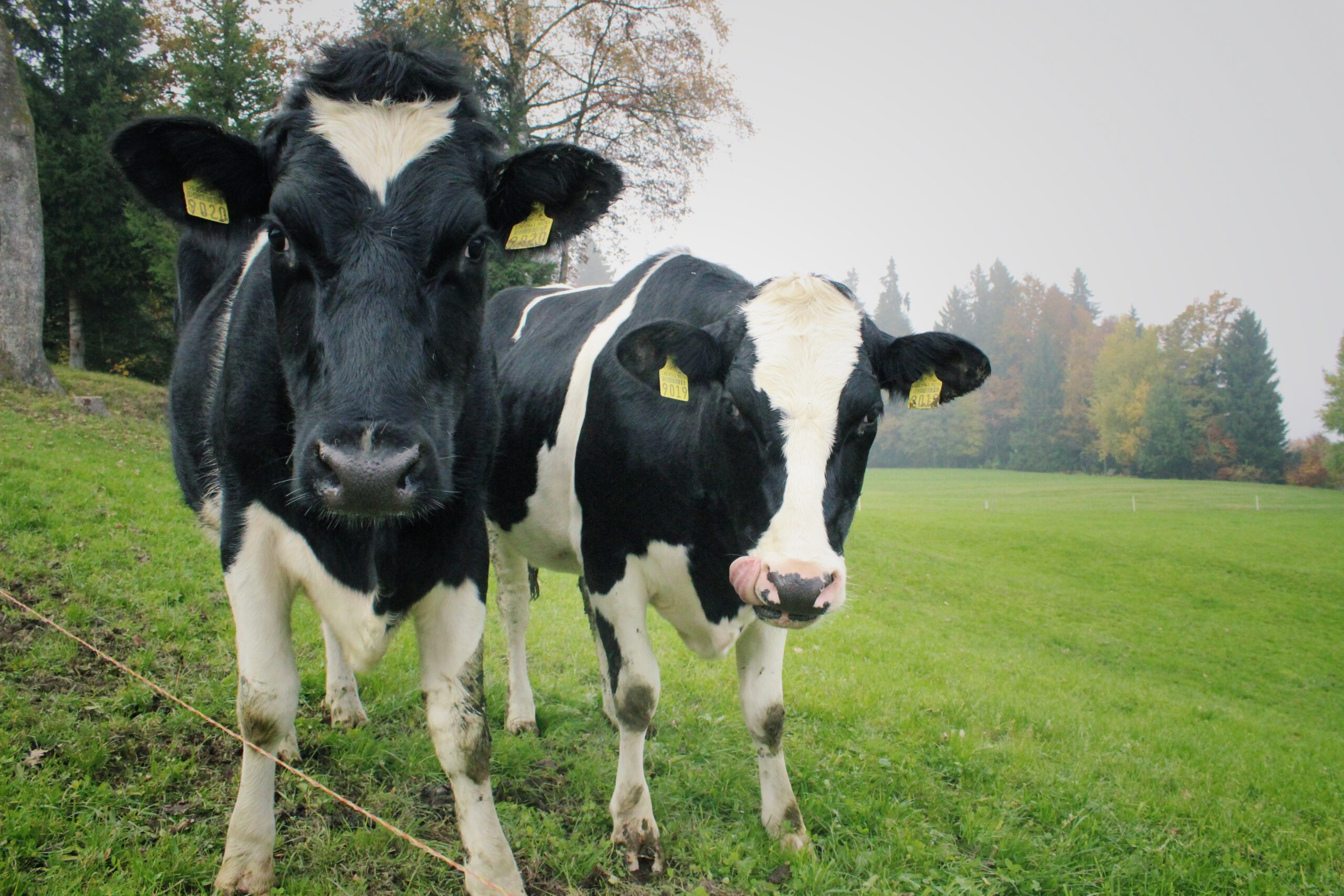
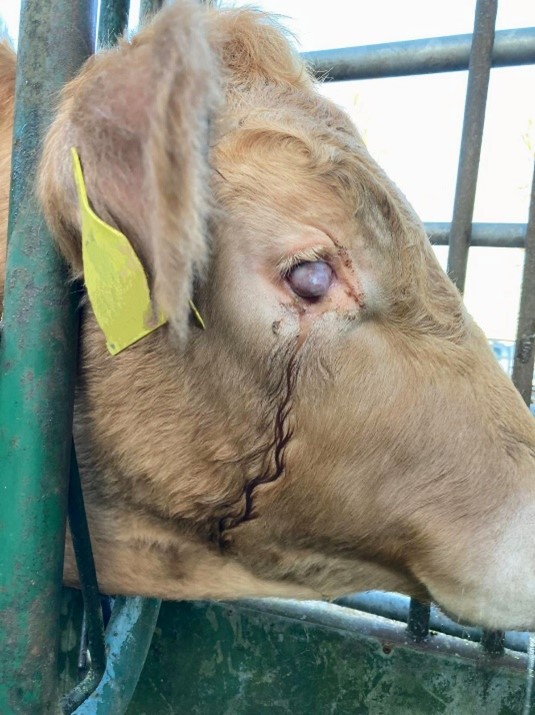

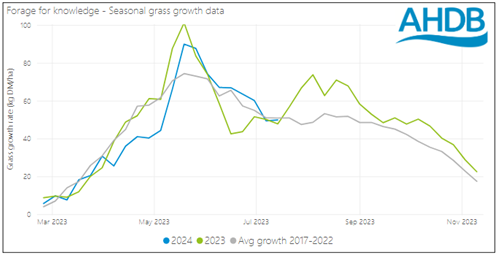
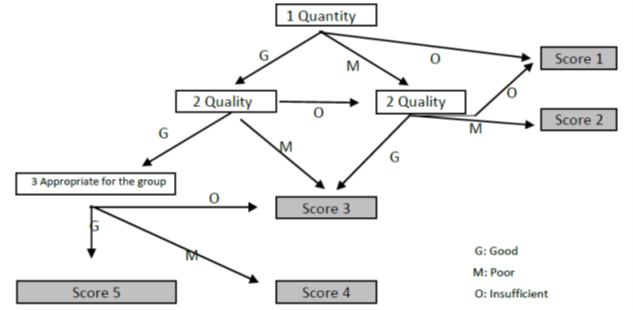

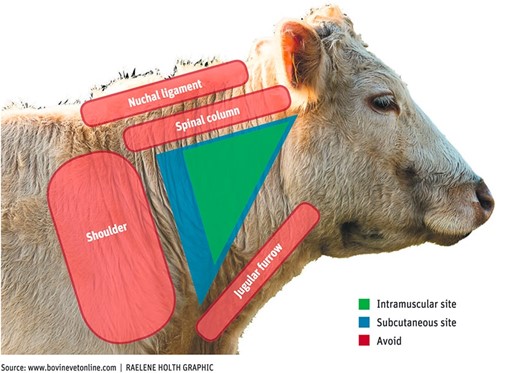

Leave A Comment